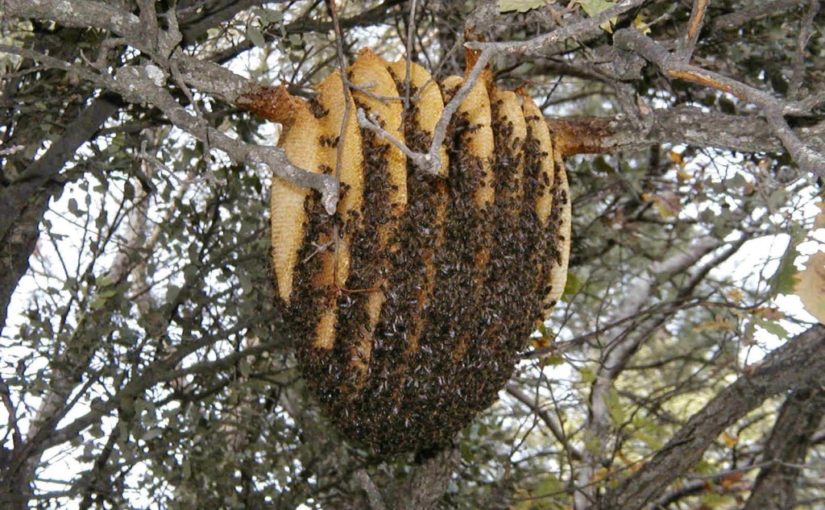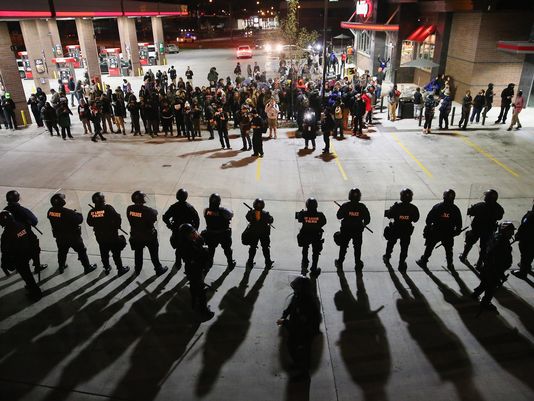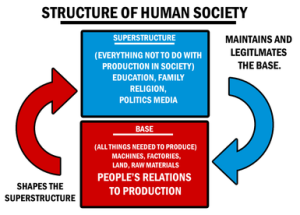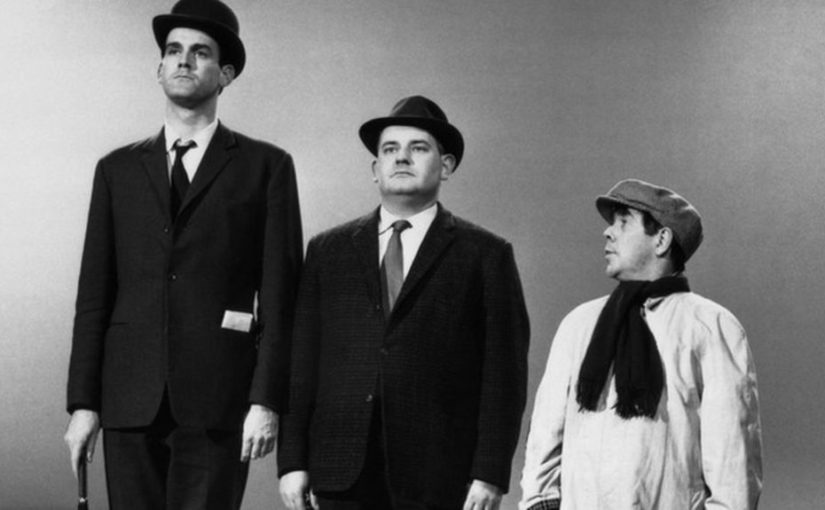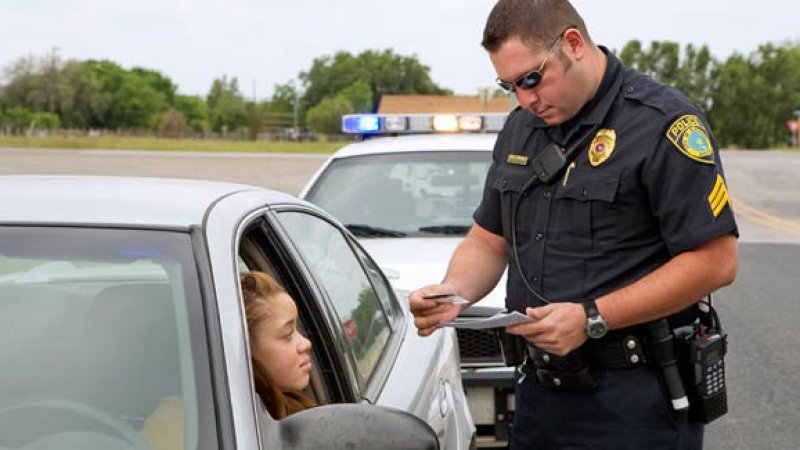The 2014 White House Task Force on Sexual Assault on College Campuses has mandated that in order to continue to receive federal funding, colleges and universities must step up their game, including providing rape prevention education. The 2014 “Not Alone” report outlines the Center for Disease Control and Prevention’s (CDC) public health model of sexual assault prevention, and reiterates the need for evidenced-based programming to combat rape and sexual assault.
The CDC’s public health model defines the terms and levels of prevention, and articulates what “counts” as primary prevention – namely, bystander intervention training and psychoeducation to shift rape-supportive attitudes. As we describe in detail elsewhere (see McCaughey & Cermele, 2015), despite the overwhelming evidence that self-defense (training and enacting it) works both to stop rape and to shift rape-supportive attitudes, the CDC does not discuss or recommend self-defense training in its public health model.
On the surface, the omission of self-defense training from the category of primary prevention is perplexing, considering the CDC’s own definition. Primary prevention is defined as thwarting violence before it happens, while secondary prevention includes strategies and responses that immediately follow victimization, such as counseling or medical care, to address the short-term effects. The CDC has consistently and openly argued that while teaching (often male) bystanders to intervene in and thwart sexual assault is an established primary prevention tactic, teaching women to intervene in and thwart sexual assault targeted against themselves is not.
This stance is flawed for two main reasons. First, both self-defense training and bystander intervention training target sexual violence at the same point in time – when a sexual assault is imminent or in progress. So while both meet the criteria for primary prevention, they differ on one important dimension: who is encouraged to intervene. Bystander training requires the presence of a (presumably) benevolent and engaged third party to thwart rape, contributing to the erroneous belief that the woman targeted for sexual violence cannot, or should not, intervene on her own behalf.
Self-defense training, on the other hand, disrupts the script of sexual violence by offering women a range of verbal and physical strategies to thwart rape, which, although it can include soliciting bystander intervention, does not require the presence of a bystander in order to prevent assault. Given that both methods of rape prevention education target sexual violence at the same point in time, with the same goal and even potentially similar methods, it stands to reason that they must be in the same category – they are either both primary prevention, or neither are.
Second, only one of these meets the CDC’s second criteria, that rape prevention education be demonstrably effective – and that is self-defense training. The data are clear—and reviewed in our article (McCaughey & Cermele, 2015)—that self-defense is effective in thwarting sexual assault. In addition, numerous empirical studies have documented that self-defense training is what the CDC calls a protective factor, and that women who have taken self-defense training are at less risk for sexual assault than those who have not, reducing risk of sexual assault by as much as 40%.
Furthermore, self-defense training creates positive behavior and attitude change, including feelings of empowerment in women. Finally, women’s participation in self-defense training and the enactment of effective resistance strategies directly challenge the attitudes that permeate rape culture: that the safety and integrity of women’s bodies exists at the whim of men’s bodies. Women who learn to defend themselves learn to take themselves and their safety seriously in realistic ways, rather than simply following an unsubstantiated list of “don’ts” – don’t wear this, don’t go there, don’t be alone. Instead, they assess situations better than they did before their training, are more likely to identify situations that could be dangerous, and have the skills to respond if necessary.
We also reviewed the data on bystander intervention training (see McCaughey & Cermele, 2015), which are much less promising. There is some research demonstrating that participants in bystander intervention rape prevention education reported positive changes in attitudes and increased intent to intervene or increased self-reports of intervention. However, there is as yet no empirical data to suggest that bystander intervention programs are effective in actually thwarting rape and sexual assault. And yet, the CDC maintains its stance that bystander intervention training meets the criteria for primary prevention, and self-defense training does not.
This cannot continue. By the CDC’s own criteria, training women in self-defense is a demonstrably effective primary-prevention strategy in preventing rape and sexual assault, and is entirely consistent with the goals of a public health model in combatting the crisis of sexual assault on college campuses. At a time when so many organizations and task forces are looking to the CDC’s public health model for combating sexual assault, the CDC must begin to pay attention to the data and acknowledge women’s capacity for and right to resist sexual assault. Self-defense training belongs at the forefront of their recommendations for sexual assault prevention on college campuses.
Citation: McCaughey, M., & Cermele, J. (2015). Changing the hidden curriculum of campus rape prevention and education: Women’s self-defense as a key protective factor for a public health model of prevention. Trauma, Violence, and Abuse, online pre-print, 1-16. DOI: 10.1177/1524838015611674 tva.sagepub.com
Jill Cermele is a professor of psychology and an affiliated faculty member of the Women’s and Gender Studies Program at Drew University. Her scholarship, teaching, and activism are focused on gender and resistance, outcomes and perceptions of self-defense training, and issues of gender in mental health. With Martha McCaughey, she was a guest editor for the March 2014 special issue of Violence Against Women on Self-Defense Against Sexual Assault. McCaughey and she also write the blog See Jane Fight Back, where they provide commentary and analysis on popular press coverage of self-defense and women’s resistance.
Martha McCaughey is a professor of sociology and an affiliated faculty member of the Gender, Women’s, and Sexuality Studies Program at Appalachian State University. She is the author of Real Knockouts: The Physical Feminism of Women’s Self-Defense and The Caveman Mystique: Pop-Darwinism and the Debates Over Sex, Violence, and Science. With Jill Cermele, she guest edited the special issue of Violence Against Women on self-defense against sexual assault and blogs at See Jane Fight Back. www.seejanefightback.com
The article can also be found at http://seejanefightback.com/.

